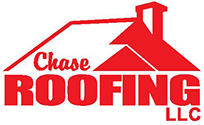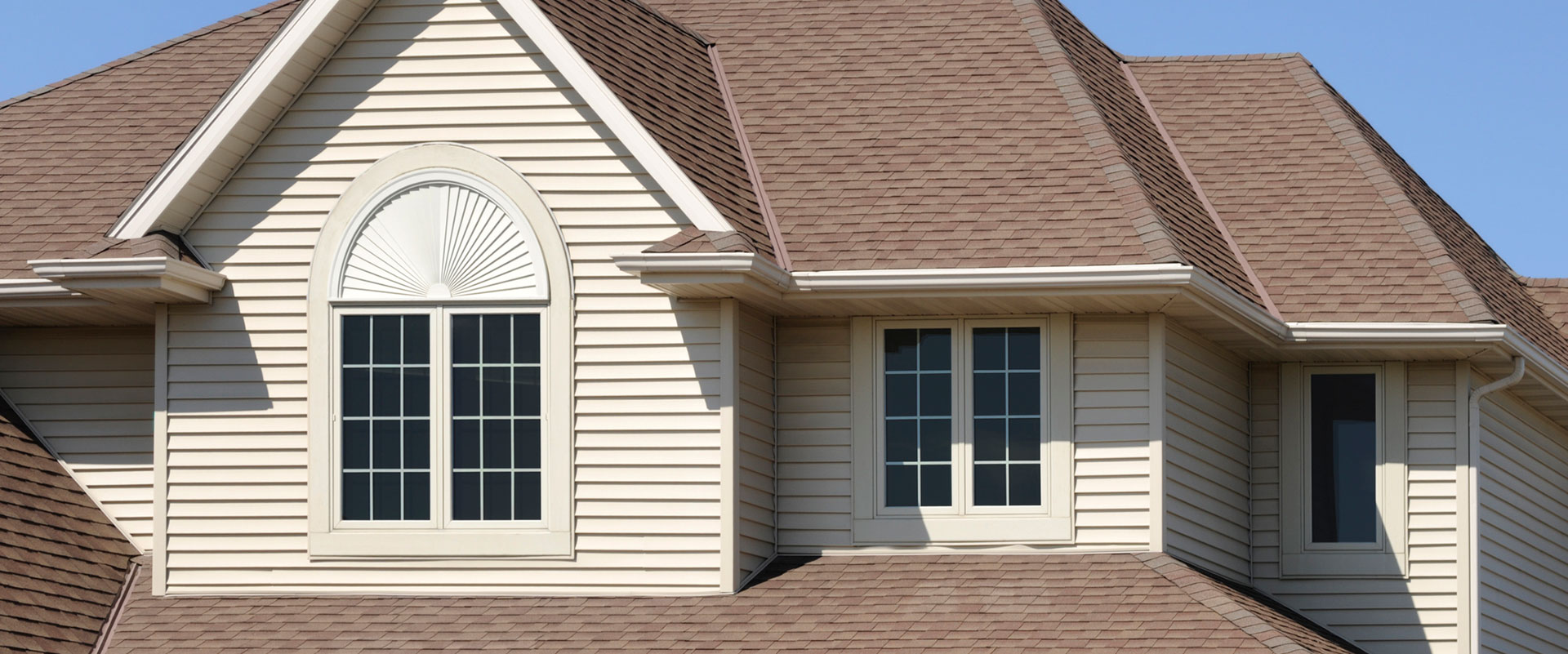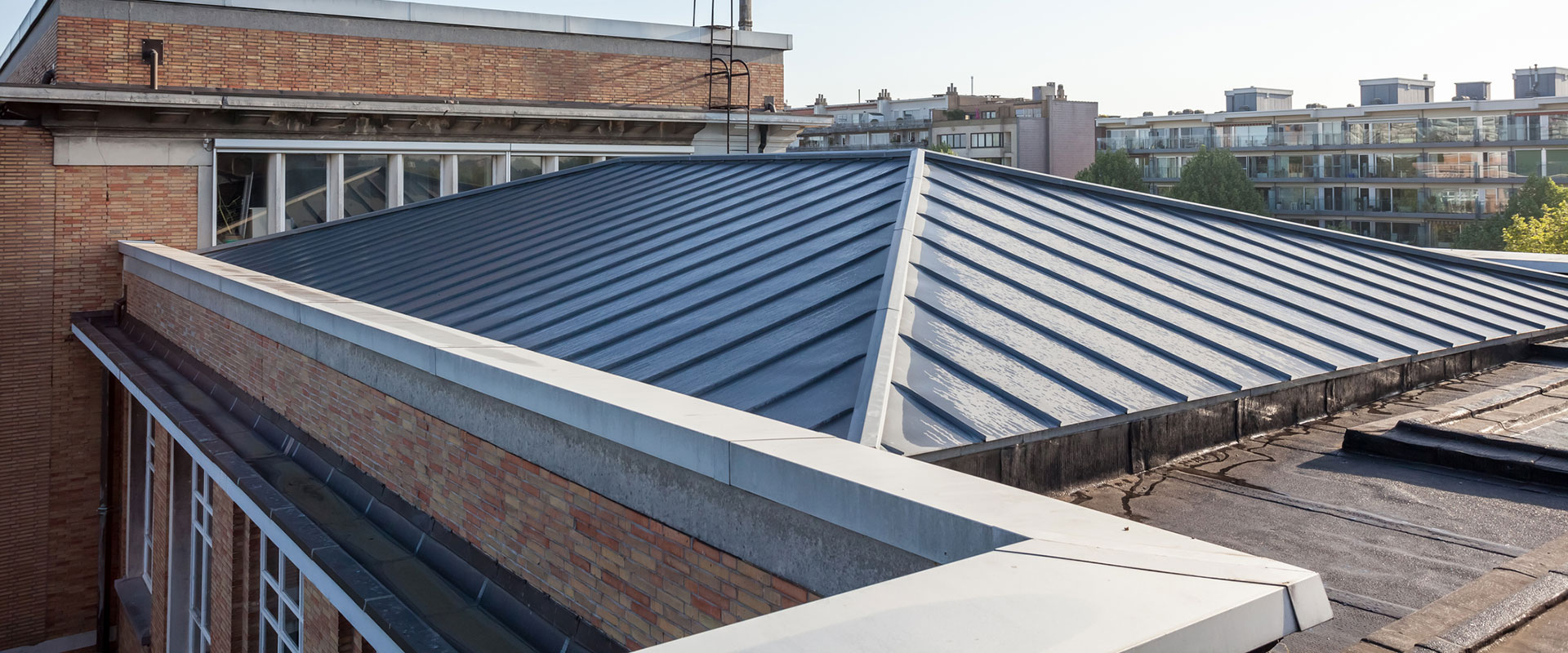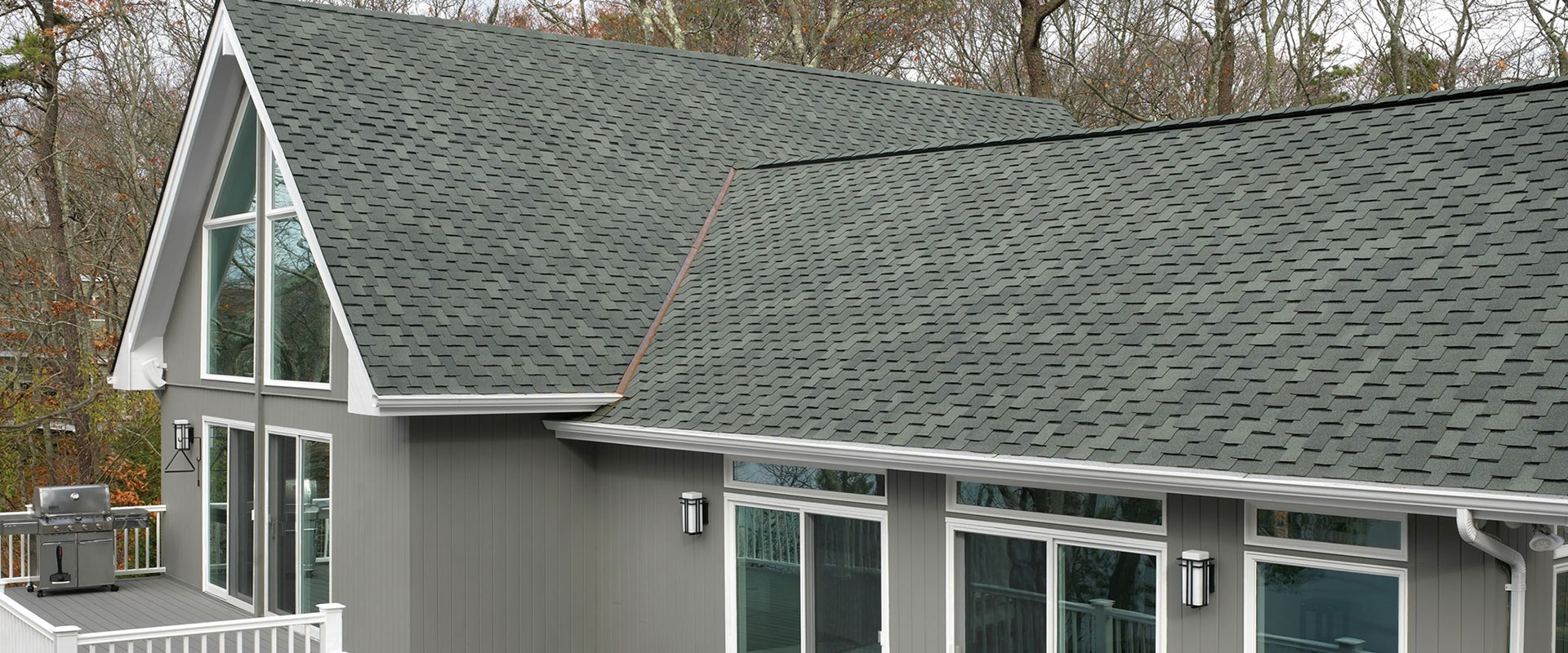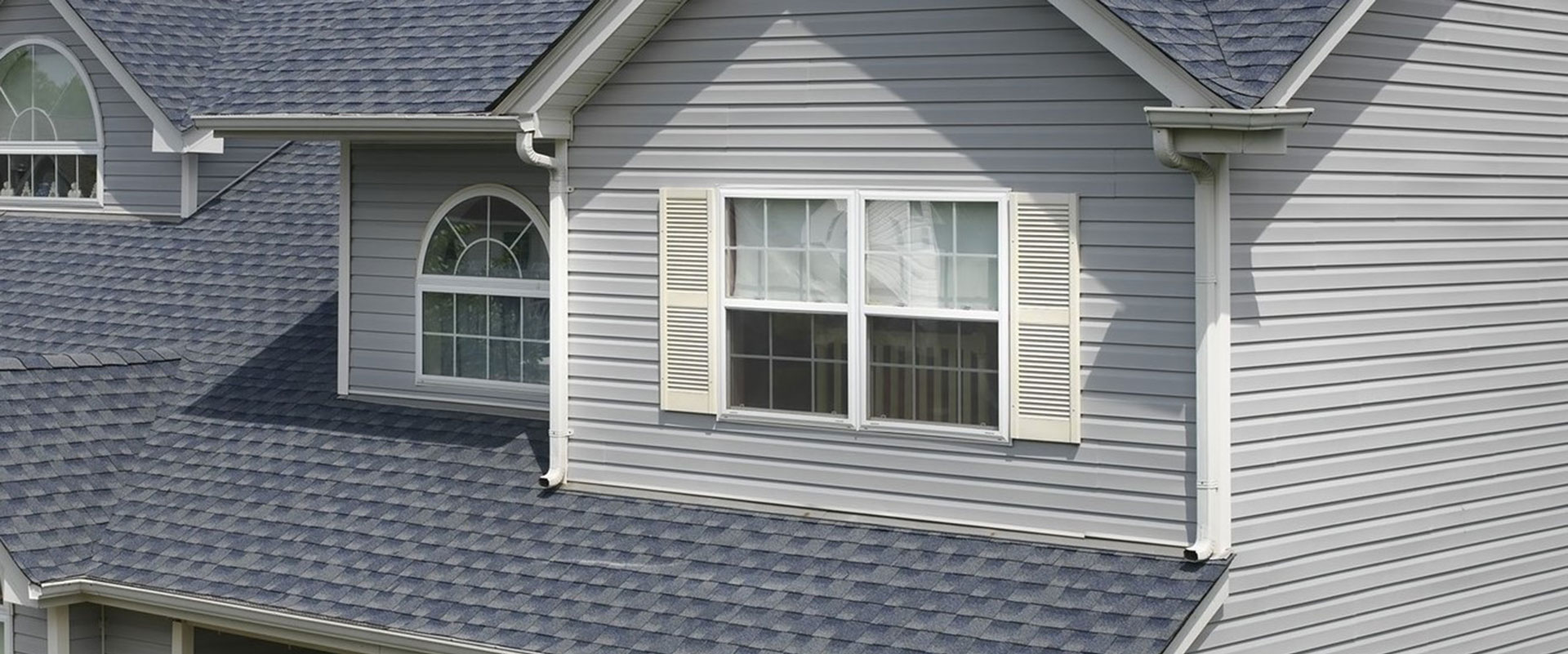A roof must successfully resist the pressure that’s pushing on it from all directions to remain intact and in place. The limit of the load your residential or commercial roof can support depends on its specific design. To understand this concept better, our roofing experts at Chase Roofing LLC discuss the functions of the different types of load limits on a roof.

-
Dead Loads. The dead load pertains to the weight of the roofing structure itself, including all the attached components and building materials on the roof. A roof should be able to support itself in the first place. A traditional asphalt shingle roof with wooden frames has a dead load of about 15 pounds per square foot, while a clay-tiled roof can have a dead load of up to 27 pounds per square foot.
-
Live Loads. The live load refers to the weight of temporary items on the roof. This can come from the people performing a roof repair, maintenance, or inspection and pieces of equipment they bring along with them. A well-designed roof is able to support both its dead load and anticipated live load.
-
Uplift Loads. When the wind hits the exterior of a home or building, it disperses energy along the wall. When this happens, the upward motion of the wind exerts an uplift load on the roof, which the roof must be able to resist. Most of the uplift load, however, can be stabilized by the downward-pushing dead load of the roof.
For top-rated roof installation and gutter repair services in Newport News, VA, turn to Chase Roofing LLC. Our certified team delivers industry-leading products and outstanding customer service to ensure the comfort and efficiency each and every client deserves. Call us today at (757) 260-5756 or fill out our contact form to request a free, no-obligation estimate.
